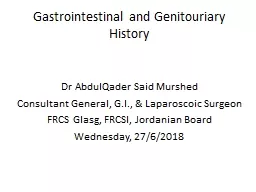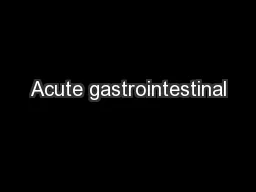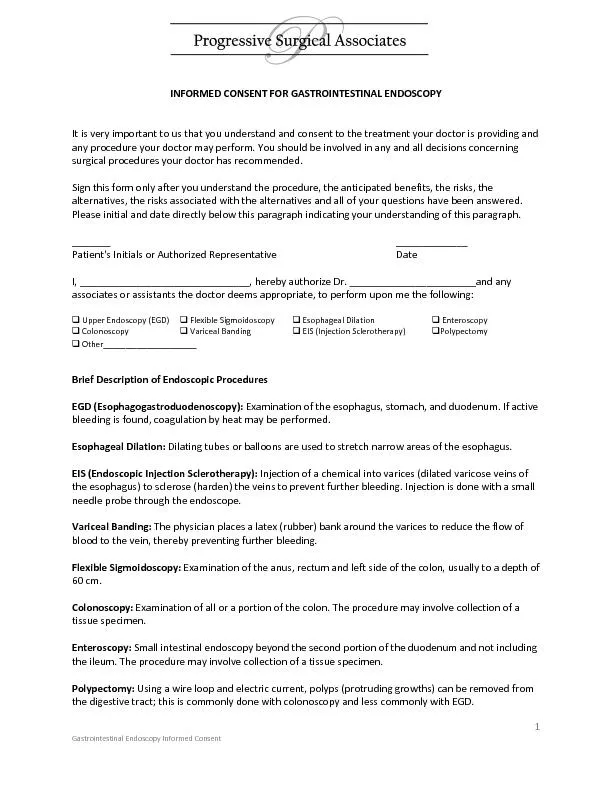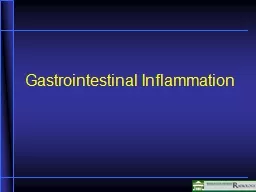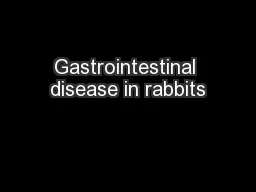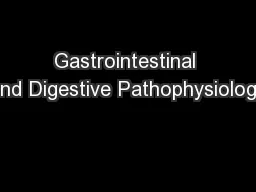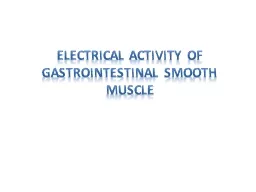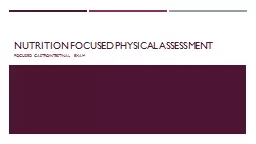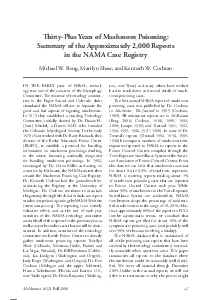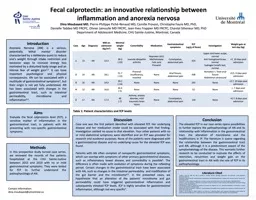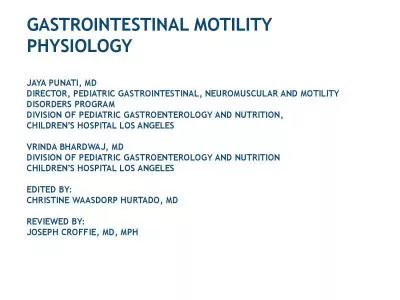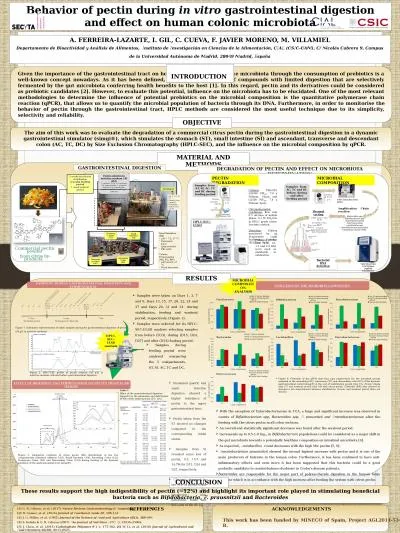PPT-Gastrointestinal and Genitouriary
Author : eliza | Published Date : 2022-06-14
History Dr AbdulQader Said Murshed Consultant General GI amp Laparoscoic Surgeon FRCS Glasg FRCSI Jordanian Board Wednesday 2762018 Gastrointestinal Symptoms
Presentation Embed Code
Download Presentation
Download Presentation The PPT/PDF document "Gastrointestinal and Genitouriary" is the property of its rightful owner. Permission is granted to download and print the materials on this website for personal, non-commercial use only, and to display it on your personal computer provided you do not modify the materials and that you retain all copyright notices contained in the materials. By downloading content from our website, you accept the terms of this agreement.
Gastrointestinal and Genitouriary: Transcript
Download Rules Of Document
"Gastrointestinal and Genitouriary"The content belongs to its owner. You may download and print it for personal use, without modification, and keep all copyright notices. By downloading, you agree to these terms.
Related Documents

